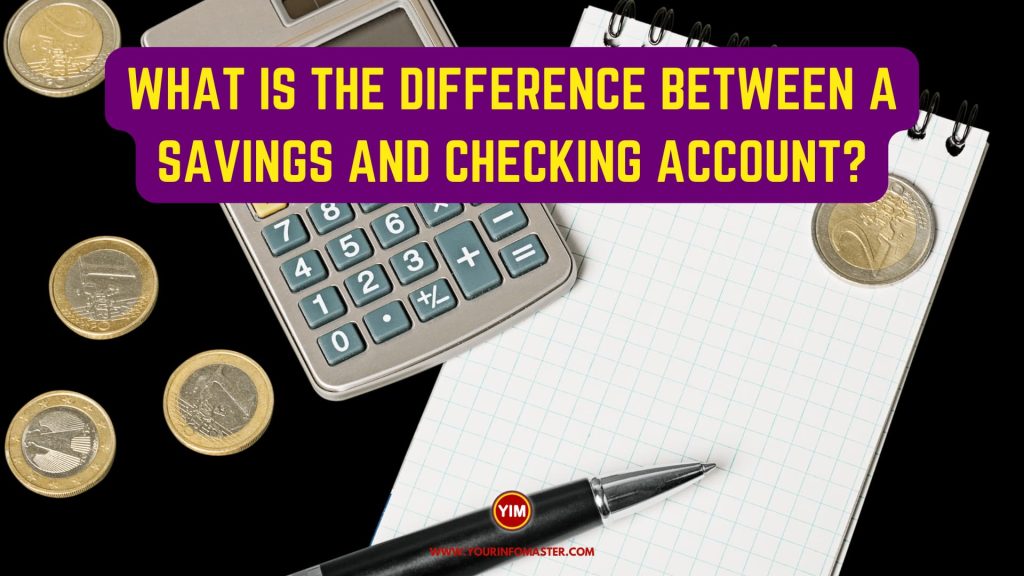I am going to explain the blog post “What is the difference between a savings and checking account?“
When it comes to managing our finances, two commonly used banking tools are savings and checking accounts. Understanding the difference between these two types of accounts is essential for making informed financial decisions. In this blog post, we will explore the dissimilarities between a savings and checking account, highlighting their unique features and functionalities.
Check also: What’s the difference between apple watch 6 and 7?
5 Differences Between a savings and checking account
Now that we have grasped the basics, let’s delve deeper into the key differences between a savings and checking account. Understanding these distinctions will empower you to make informed decisions regarding which account suits your financial goals and needs. Below, we will outline five important differences between these two types of accounts.
List of 5 differences between a savings and checking account:
- Accessibility and Usage
- Interest Rates and Earnings
- Minimum Balance Requirements
- Transactional Limitations
- Fees and Charges
Check also: What is the difference between ETF and index fund?
Detail of 5 Differences between a Savings and Checking Account
Here is the detail of 5 differences between a savings and checking account:
- Accessibility and Usage: While both types of accounts allow you to access your funds, a checking account provides more immediate and frequent accessibility. Savings accounts typically impose limitations on withdrawals to encourage long-term savings, while checking accounts enable frequent transactions.
- Interest Rates and Earnings: Savings accounts typically offer higher interest rates than checking accounts. They are designed to help grow your money over time. In contrast, checking accounts usually have minimal to no interest, as they focus on providing easy access to your funds rather than accumulating savings.
- Minimum Balance Requirements: Savings accounts often require a minimum balance to be maintained to avoid fees and keep the account active. In contrast, checking accounts may have lower or no minimum balance requirements, allowing for more flexibility.
- Transactional Limitations: Savings accounts usually have restrictions on the number of transactions or withdrawals you can make per month. Exceeding these limits may result in fees or a conversion to a checking account. Checking accounts, however, have more lenient transactional limitations or none at all.
- Fees and Charges: Checking accounts may have various fees associated with overdrafts, returned checks, and monthly maintenance charges. In contrast, savings accounts typically have fewer fees but may still impose penalties for excessive withdrawals or account closure.
Check also: What is the difference between medicare A and B?
Conclusion
In conclusion, understanding the difference between a savings and checking account is crucial for effective money management. While both accounts serve unique purposes, their distinctions lie in accessibility, interest rates, minimum balance requirements, transactional limitations, and fees. By considering your financial goals and needs, you can make an informed decision on which account is best suited to help you achieve financial stability and growth.
See also: What is the difference between ETF and index fund?
If you really enjoyed the article “What is the difference between a savings and checking account?,” then I would be very grateful if you’d help it spread by emailing it to your friends or sharing it on Twitter, Instagram, or Facebook. Thank you!
Have you read “What is the difference between a savings and checking account?“ Which of these blogs are you reading, and how is it similar to one of them?

